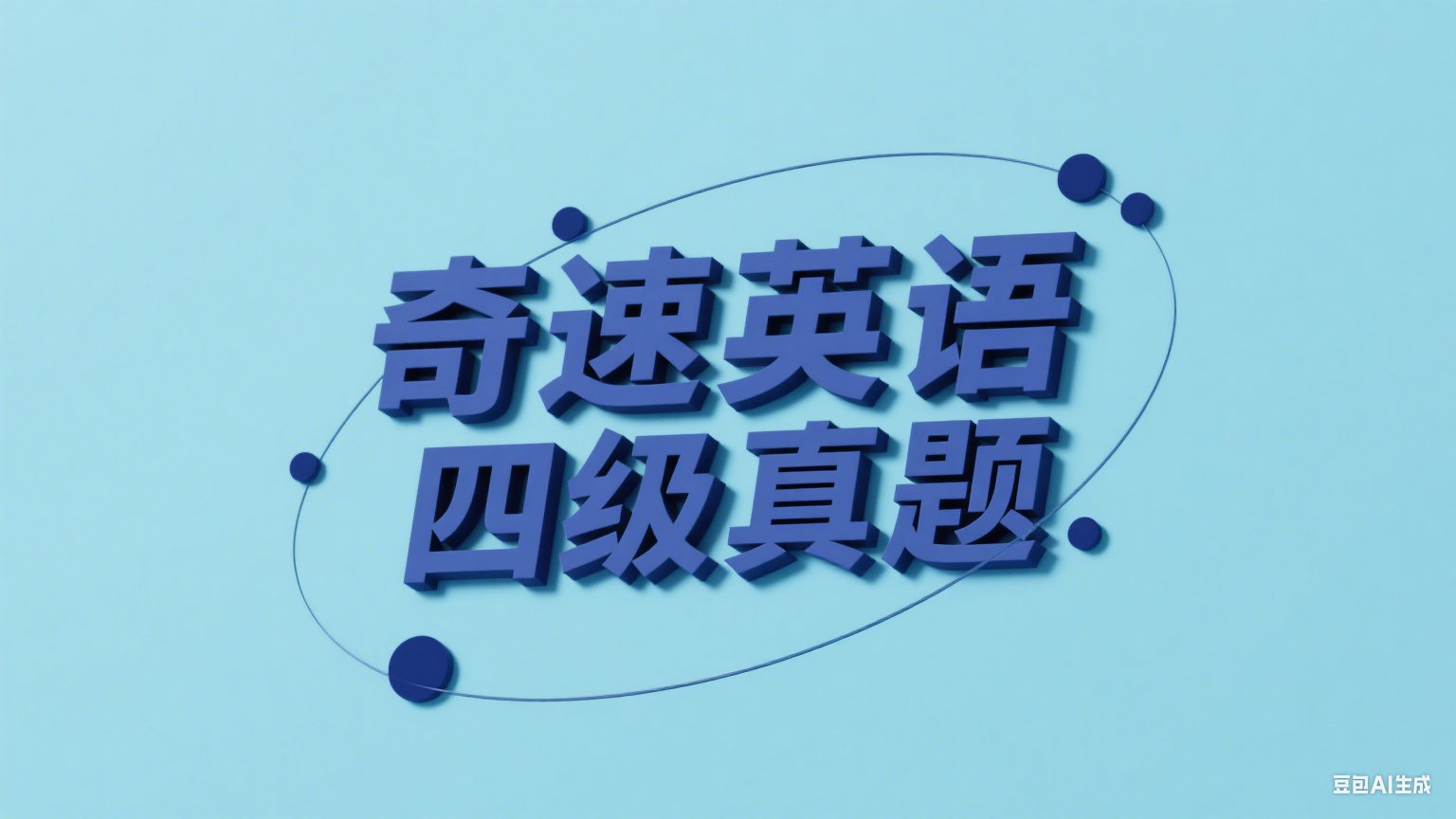
The human thirst for knowledge is the driving force behind our successful development as a species. But curiosity can also be dangerous, leading to setbacks or even downfalls. Given curiosity’s complexity, scientists have found it hard to define.
While pinning down a definition has proven tricky, the general consensus is it’s some means of information gathering. Psychologists also agree curiosity is intrinsically (内在地) motivated.
Curiosity covers such a large set of behaviors that there probably isn’t any single “curiosity gene” that makes humans wonder about and explore their environment. That said, curiosity does have a genetic component. Genes and the environment interact in many complex ways to shape individuals and guide their behavior, including their curiosity.
Regardless of their genetic makeup, infants have to learn an incredible amount of information in a short time, and curiosity is one of the tools humans have found to accomplish that gigantic task.
Hundreds of studies show that infants prefer novelty. It’s what motivates non-human animals, human infants and probably human adults to explore and seek out new things before growing less interested in them after continued exposure.
But curiosity often comes with a cost.
In some situations, the stakes are low and failure is a healthy part of growth. For instance, many babies are perfectly proficient crawlers, but they decide to try walking because there’s more to see and do when they stand upright. But this milestone comes at a small cost. A study of 12- to 19-month-olds learning how to walk documented that these children fell down a lot. Seventeen times per hour, to be exact. But walking is faster than crawling, so this motivates expert crawlers to transition to walking.
Sometimes, however, testing out a new idea can lead to disaster. For instance, the Inuit people of the Arctic regions have created incredible modes to deal with the challenges of living in northern climates, but what we forget about are the tens of thousands of people that tried and failed to make it in those challenging landscapes.
1.1. What does the author say about curiosity?
A It is too complex for non-scientists to understand.
B It is the force that pushes human society forward.
C It is a unique trait specific to the human race.
D It is often the major cause for human failures.
解析:选B。细节理解题。由题干中的the author和curiosity定位到首段第一句。定位句指出,人类对知识的渴望是我们作为一个物种成功发展背后的驱动力。由此可见,作为一个物种,我们之所以不断向前发展,是因为有好奇心这一驱动力,故答案为B。
2.2. What is the general understanding of curiosity?
A It motivates people to seek information.
B It is destined to transform human genes.
C It does people more good than harm.
D It underlies all human behaviors.
解析:选A。细节理解题。由题干中的the general understanding of curiosity定位到第二段第一句。 定位句提到,虽然事实证明给好奇心下定义很难,但大家普遍认为好奇心是一种收集信息的手段。由此可知,好奇心可以激励人类去寻找信息,故答案为A。
3.3. What do we learn about how genes shape people’s behavior?
A They determine people’s way of thinking.
B They account for age differences in learning.
C They enable people to undertake massive tasks.
D They work in conjunction with the environment.
解析:选D。细节理解题。由题干中的we learn about how genes shape people's behavior定位到第三段第三句。细节理解题。定位句指出,基因和环境以许多复杂的方式相互作用,塑造个体并指导他们的行为,包括他们的好奇心。由此可见,基因之所以可以影响人类的行为,是与环境相互作用的结果,故答案为D。
4.4. What do numerous studies show about infants?
A They are far more curious than adults.
B They prefer to go after all that is novel.
C They have different interests than adults.
D They show non-human animal behaviors.
解析:选B。细节理解题。由题干中的numerous studies show about infants定位到第五段第一句。细节辨认题。第五段第一句提到,数百项研究表明,婴儿更喜欢新奇的事物。这是促使非人类动物、人类婴儿,甚至可能是人类成年人探索和寻找新事物的动力,而在持续接触之后,他们对新事物的兴趣会减弱。由此可见,婴儿比成年人更喜欢追求新奇的东西,故答案为B。
5.5. What does the example of the Inuit people of the Arctic regions illustrate?
A The cost of humans’ curiosity to explore.
B The incredible harshness of cold weather.
C The innovative ideas stemming from curiosity.
D The importance of learning from past failures.
解析:选A。推理判断题。由题干中的the Inuit people of the Arctic regions定位到最后一段。最后一段第二句中的For instance说明该句是例证,主要说明第一句的观点。第一句指出,有时候测试一个新想法可能会导致灾难。由此可见,驱使人类不断进行探索的好奇心也会给人类带来负面的影响,故答案为A。